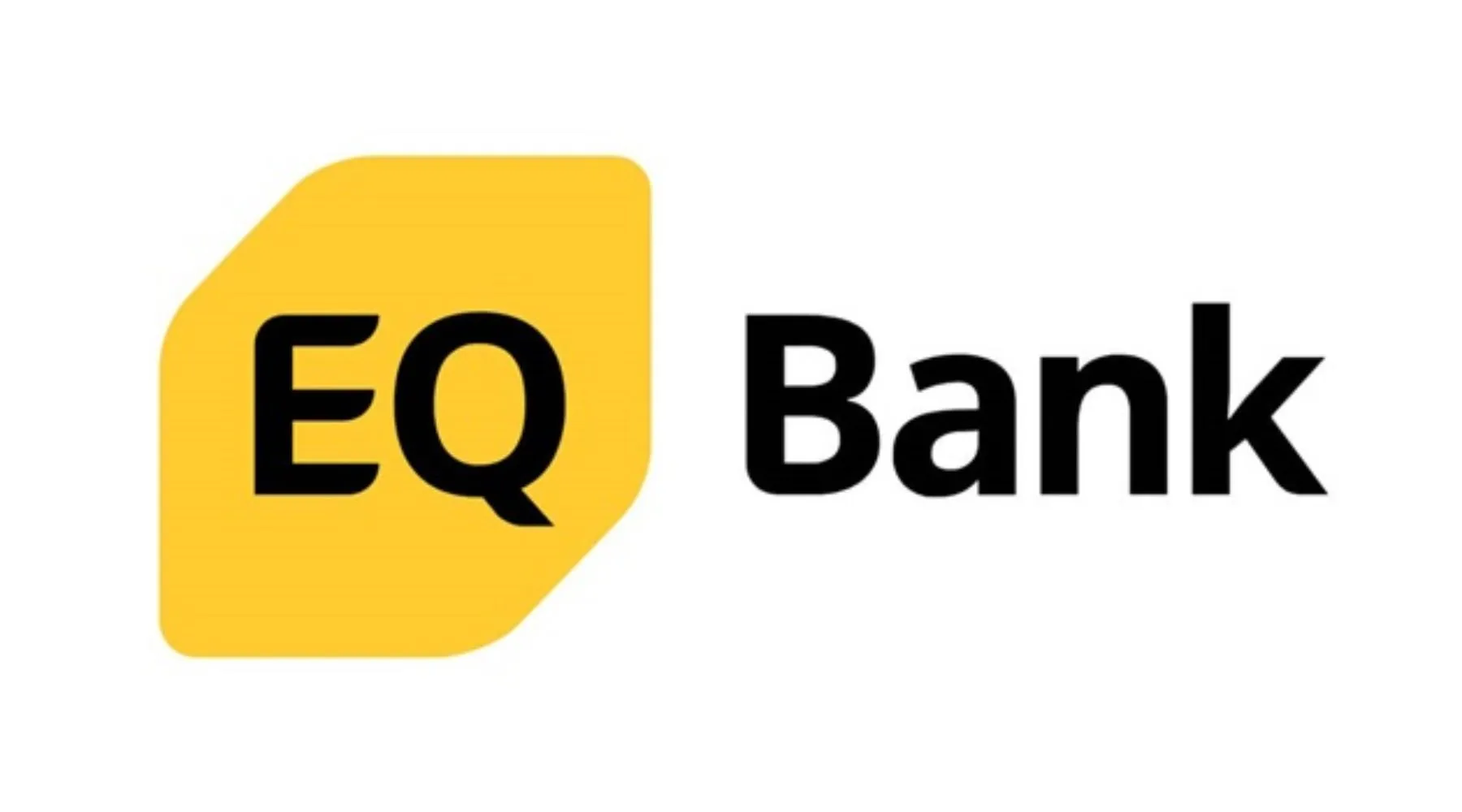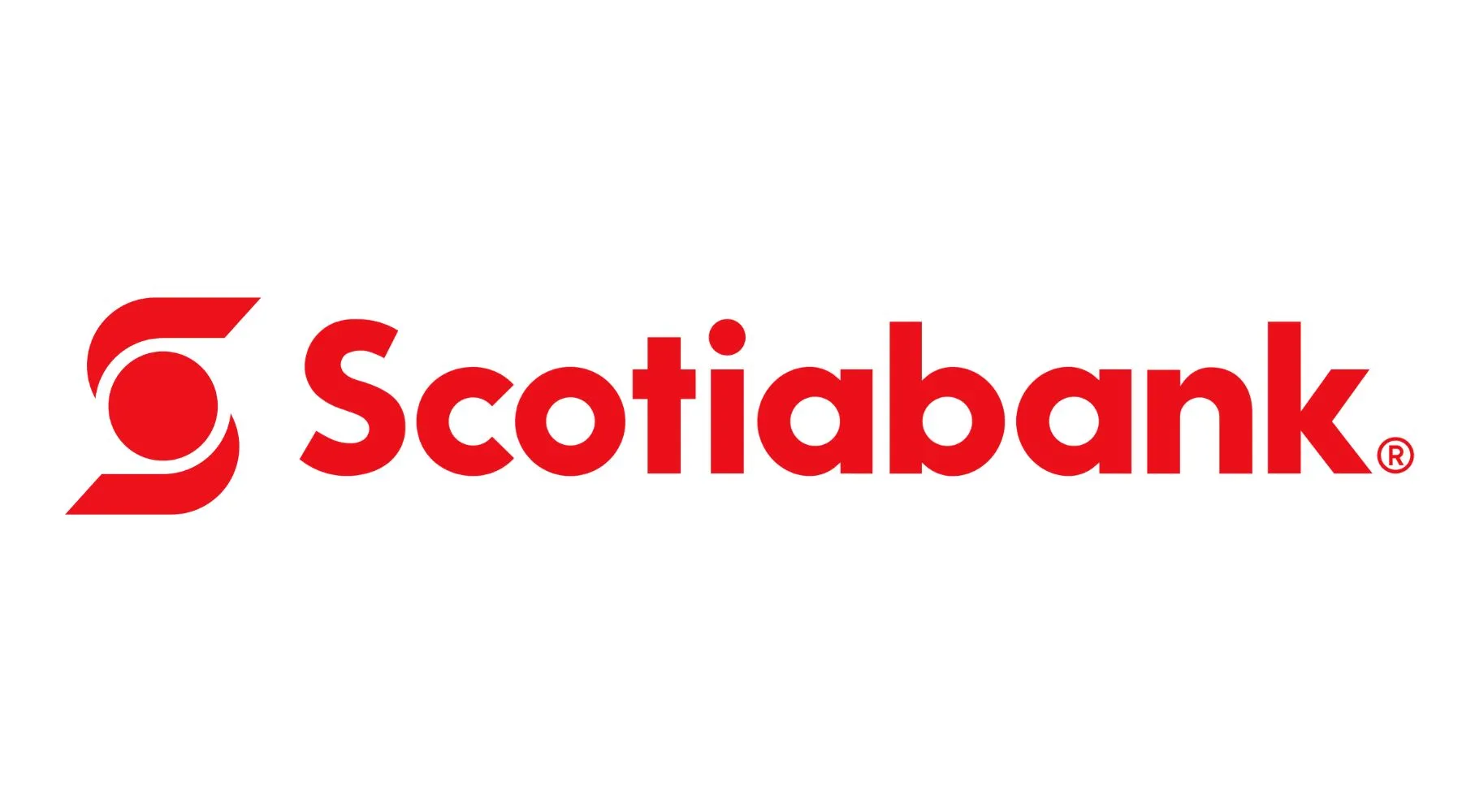{“menuItems”:[{“label”:”Option 1: Buy and finance a TV through a retail store”,”anchorName”:”#option-1-buy-and-finance-a-tv-through-a-retail-store”},{“label”:”Option 2: Finance a TV using a personal loan”,”anchorName”:”#option-2-finance-a-tv-using-a-personal-loan”},{“label”:”Option 3: Buy and finance a TV through the manufacturer”,”anchorName”:”#option-3-buy-and-finance-a-tv-through-the-manufacturer”},{“label”:”Option 4: Finance a TV using a credit card”,”anchorName”:”#option-4-finance-a-tv-using-a-credit-card”},{“label”:”Option 5: Layaway”,”anchorName”:”#option-5-layaway”},{“label”:”Option 6: Rent to own”,”anchorName”:”#option-6-rent-to-own”},{“label”:”How does buy now pay later work with TV financing?”,”anchorName”:”#how-does-buy-now-pay-later-work-with-tv-financing”},{“label”:”Who is eligible for 0% TV financing?”,”anchorName”:”#who-is-eligible-for-0-tv-financing”},{“label”:”How to finance a TV with bad credit”,”anchorName”:”#how-to-finance-a-tv-with-bad-credit”},{“label”:”How much do TVs cost?”,”anchorName”:”#how-much-do-tvs-cost”},{“label”:”Tips to save up for a TV”,”anchorName”:”#tips-to-save-up-for-a-tv”},{“label”:”Frequently asked questions”,”anchorName”:”#frequently-asked-questions”}]}If you want to buy a new TV but don’t want to dip into your savings, there are several options worth considering. There are six main ways to finance a TV in Canada, each of which has its pros and cons. Let’s take a look at each of these TV financing options in detail to help you decide which one is right for you.Option 1: Buy and finance a TV through a retail storeHow it works: One of the most popular ways to finance a TV is to take advantage of in-store financing. Many major electronics retailers offer 0% or low-interest financing on purchases above a certain amount. With this buy now pay later financing, you’ll typically have between 6 and 36 months to pay off your purchase. Stores work with third-party providers to offer their financing programs – for example, financing on a Staples Card is provided by Flexiti Financial.Who it’s suited for: People who can pay off their TV before the no-interest period ends.Pros0% interest options availableConvenient to access through the retailerMay also provide access to other rewardsConsHigh interest rates once the low-rate period endsGenerally have low credit limitsWatch out for feesOption 2: Finance a TV using a personal loanHow it works: Personal loans are available from banks, credit unions and private lenders. Banks have strict eligibility criteria, typically requiring a credit score of 660 or more, but credit unions tend to be a little more flexible. You’ll need to compare private lenders if you have bad credit, but be prepared to accept higher interest rates. Loan terms generally range from 6 to 60 months, but can be shorter or longer in some cases.Who it’s suited for: Borrowers with good credit who need fast access to funds.ProsLower interest rates than credit cardsManageable monthly repaymentsPlenty of options to choose fromConsNo promotional low-interest periodHigher rates for bad creditStrict eligibility requirementsSome lenders have high minimum loan amountsCompare personal loans for TV financingOption 3: Buy and finance a TV through the manufacturerHow it works: If you’re buying a TV directly from the manufacturer, some manufacturers work with third-party companies to provide buy now pay later financing. For example, Samsung works with PayBright and Sony works with Affirm. You’ll typically have 12–36 months to pay off the TV, with an interest-free period often available.Who it’s suited for: People looking for a convenient financing option.ProsEasy and convenient to apply.0% interest availableManageable monthly repaymentsConsHigher rates if you have bad creditCheck what rates will be once the low-interest period endsYou may be able to find a better price on the TV elsewhereOption 4: Finance a TV using a credit cardHow it works: Some stores offer financing through their own credit card, which you can use for all purchases from the retailer and sometimes also allows you to earn reward points. Alternatively, you may wish to use a low-interest credit card to finance a TV, with rates as low as 8.99% available to help you pay your purchase off quickly.Who it’s suited for: People looking for financing they can use to cover a range of expenses.ProsEasy and convenientEarn reward pointsCan also use your card for other purchasesMay be able to take advantage of card welcome offers, such as cashback on eligible purchasesCons High interest ratesHigh credit utilization can hurt your credit scoreNeed to apply for a card in advanceOption 5: LayawayHow it works: This payment plan allows you to make a down payment so the store will put a TV on hold for you. You then pay it off through regular monthly payments or a one-off lump sum. Once you’ve paid the full amount, you take possession of the TV.Who it’s suited for: People with bad credit who don’t want to borrow any money.ProsTake advantage of salesYou don’t get into debtUsually no interest to worry aboutConsYou don’t get the TV until you’ve paid it off in fullWatch out for service feesCan be difficult and expensive if you want to cancel a layaway planOption 6: Rent to ownHow it works: As its name suggests, a rent-to-own plan lets you rent a TV by making ongoing monthly payments. Once the rental period ends, if you’ve made all your payments on time, you will then own the TV. You typically won’t need to undergo a credit check to finance a TV this way but be warned that rent-to-own plans are very expensive.Who it’s suited for: TV buyers with bad credit.ProsSmall monthly paymentsYou can qualify if you have bad creditUnlike layaway, you get to use the TV while you pay it offConsYou can end up paying 2 to 5 times more than the purchase priceWatch out for hidden feesThe TV could be repossessed if you fall behind on paymentsHow does buy now pay later work with TV financing?You can access buy now pay later (BNPL) financing in Canada in a couple of different ways:In-store or online, via the store’s third-party lenderThrough the TV manufacturer’s third-party lenderBNPL plans allow you to take a TV home today and pay it off in monthly installments. You can defer your payments until a later date, and 0% financing is available for approved buyers.You’ll need to complete a hard or soft credit check during the application process. Fees also apply, not only to set up the plan but also if you miss any payments, so check the fine print closely before you sign up.Who is eligible for 0% TV financing?The exact eligibility requirements for 0% TV financing vary depending on the lender and financing option you choose. The finance provider will consider several factors when deciding on the interest rate you’re eligible for:Your credit score. You’ll have a much better chance of approval if your credit score is 660 or higher.Your income. You’ll need to be in regular employment and have a steady source of income.How much you’re spending. Some financing options are only available if you exceed a minimum spend limit, such as $300 or $500.What you’re buying. Some finance offers are limited to specific products, so you’ll need to check whether your TV is an eligible purchase.More generally, to qualify for financing, you will also need to meet the following criteria:Be at least 18 years old (or the age of majority in your province)Be a Canadian citizen or permanent residentProvide proof of IDHow to finance a TV with bad creditThere are several ways to finance a TV with bad credit. However, they will generally cost more than the options available to TV buyers with good credit, so it’s important to compare financing options before deciding which one to use.Choices for TV financing if you have bad credit include the following:In-store or manufacturer financing. Some in-store and manufacturer finance providers accept shoppers with bad credit. However, you’ll find it much harder to qualify for 0% or low-interest financing.Personal loan. Banks and other traditional lenders have strict eligibility criteria, but you could qualify for a bad credit personal loan from an alternative lender. Just be aware that high interest rates will apply.Credit card. If you already have a credit card with a competitive interest rate, you could use it to help finance your TV purchase. However, it’s difficult to qualify for a new card if you have bad credit. You should also note that using up a large portion of the credit limit on your card can have a negative impact on your credit score.Layaway. Layaway is an option well worth considering if you have bad credit. It allows you to pay for the TV with your own money rather than borrowing from a lender, and you can buy during sales to get the best price. The downsides are that you can’t actually take the TV home until you pay it off and hefty fees may apply if you decide to cancel the plan or miss payments.Rent-to-own plan. While bad credit won’t stop you from qualifying for a rent-to-own plan, this type of TV financing is very expensive. If you don’t want to pay 2–5 times more than the upfront purchase price, consider other options.How much do TVs cost?How much will you need to pay for your new TV? Check out the table below for a general guide to TV prices.40-49 inches$250 – $1,80050-59 inches$400 – $3,00060-69 inches$600 – $6,00070-79 inches$700 – $8,00080+ inches$1,800 – $20,000Tips to save up for a TVPinching your pennies and buying a TV outright is always a more cost-effective option than borrowing money and paying interest and fees. These simple tips will help you build a bigger savings balance:Make a budget. The first step to saving is to work out a weekly budget to find out how you spend your income. Are there any areas where you can cut back on spending?Cut costs. Making small and simple lifestyle changes can make a big difference to your bank balance. Eat out less, don’t buy so many coffees, buy generic brands and cancel that gym membership you never use.Sell items online. Gather any items in your home that you no longer use or need and then sell them through an online marketplace.Open a high-interest savings account. Compare savings accounts to find the best interest rate, no monthly fees and no minimum balance requirements.Make regular deposits. You might be surprised just how quickly your savings account grows when you make regular deposits. You can automate the process by setting up a recurring transfer or direct debit.Don’t dip into your savings. Finally, don’t spend your savings on other purchases unless you absolutely have to. Keep your savings in a separate, high-interest account.Frequently asked questions
Where can I finance a TV?
There are several options available. You can apply for a personal loan from a bank, credit union or private lender, or you could buy a TV with a low-interest credit card. Financing is also available in-store or direct from the TV manufacturer. You might also want to consider a retailer that offers layaway or rent-to-own plans.
Can you finance a TV with no credit check?
Yes, you can qualify for a rent-to-own plan without completing a credit check. However, rent-to-own plans are extremely expensive, so you could end up paying as much as 5 times more than the upfront purchase price of a TV.
Am I eligible for TV financing?
Eligibility requirements vary depending on the provider and the type of finance you apply for. For example, you’ll typically need a credit score of 660 or higher to qualify for a personal loan from a bank, but some private lenders specialize in loans for borrowers with bad credit. The finance provider will also consider your income and other factors, so check out the eligibility criteria before you apply.


